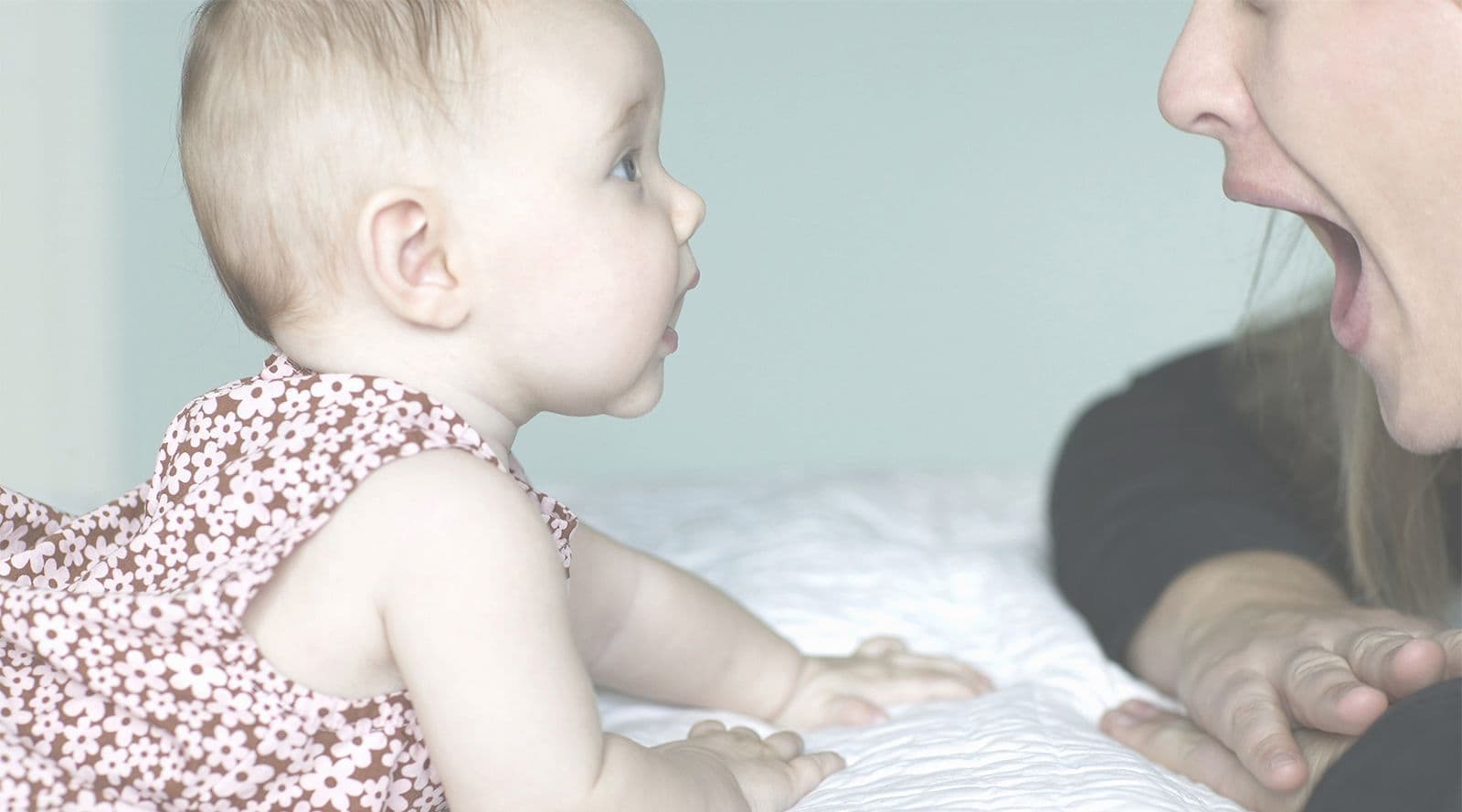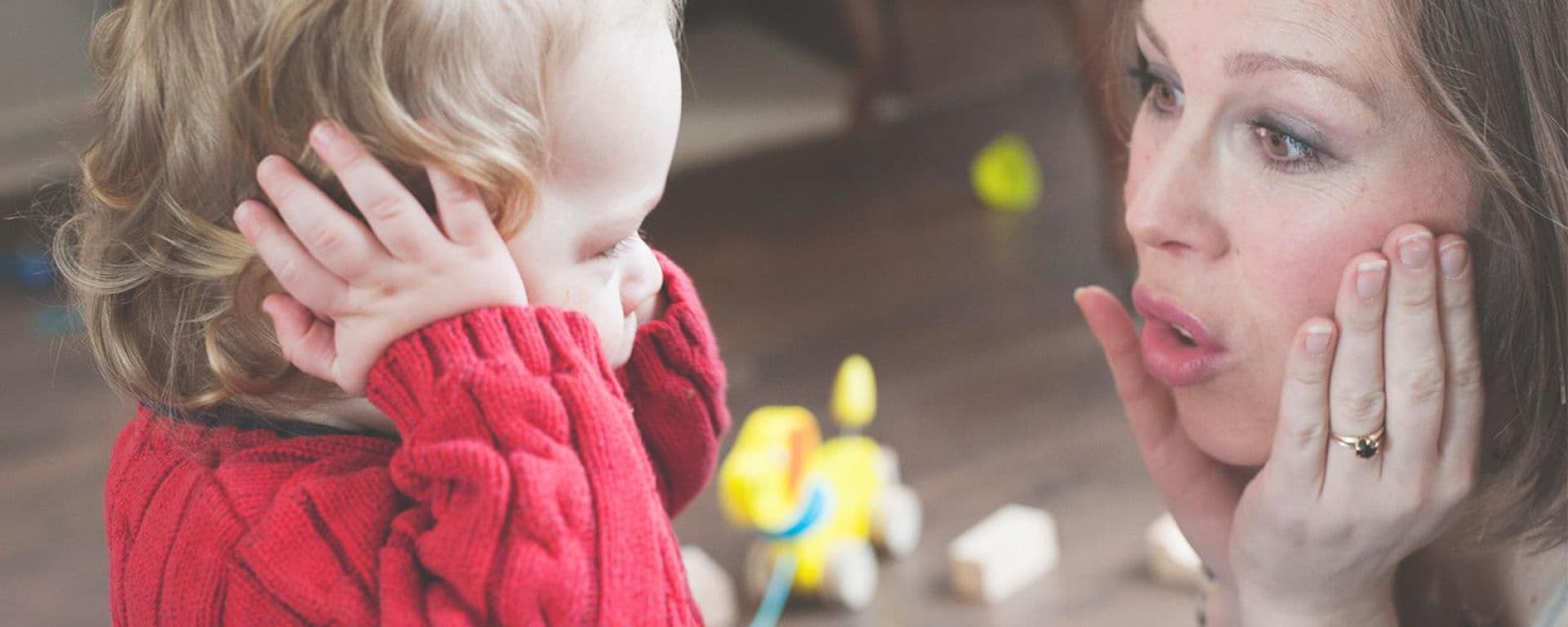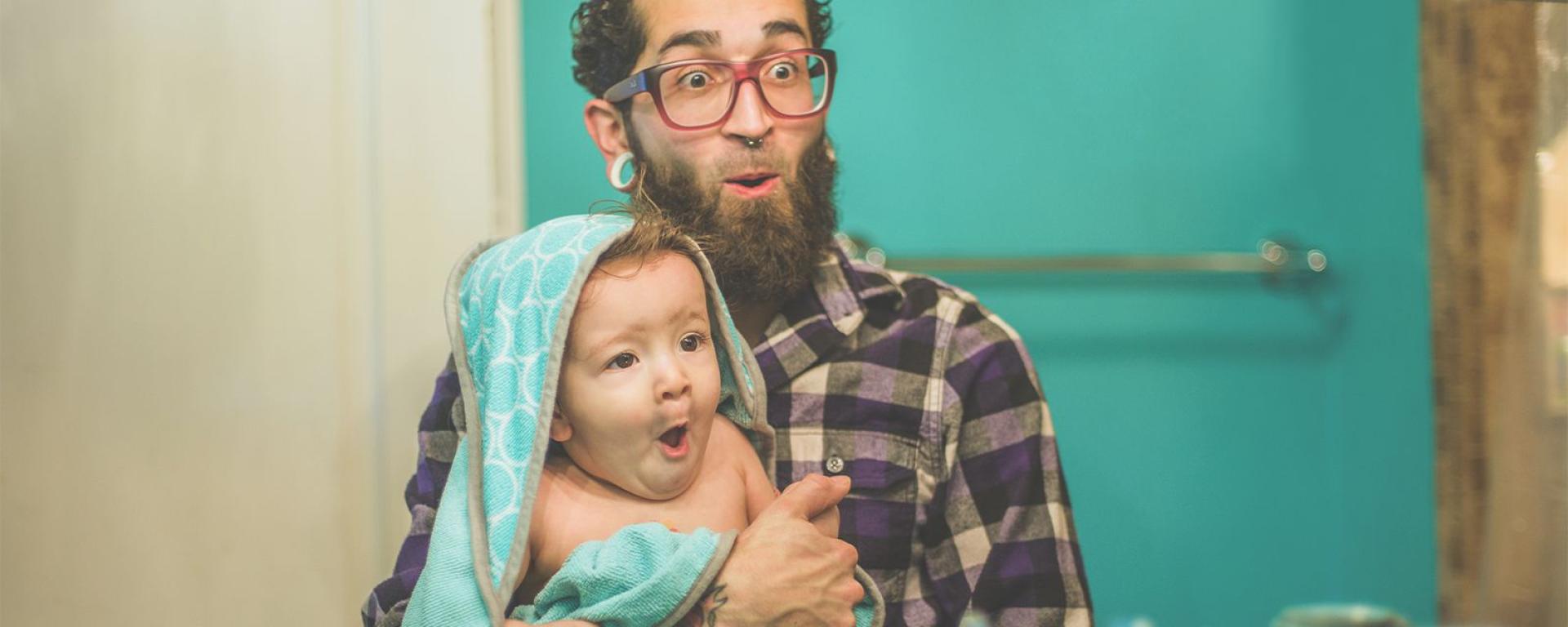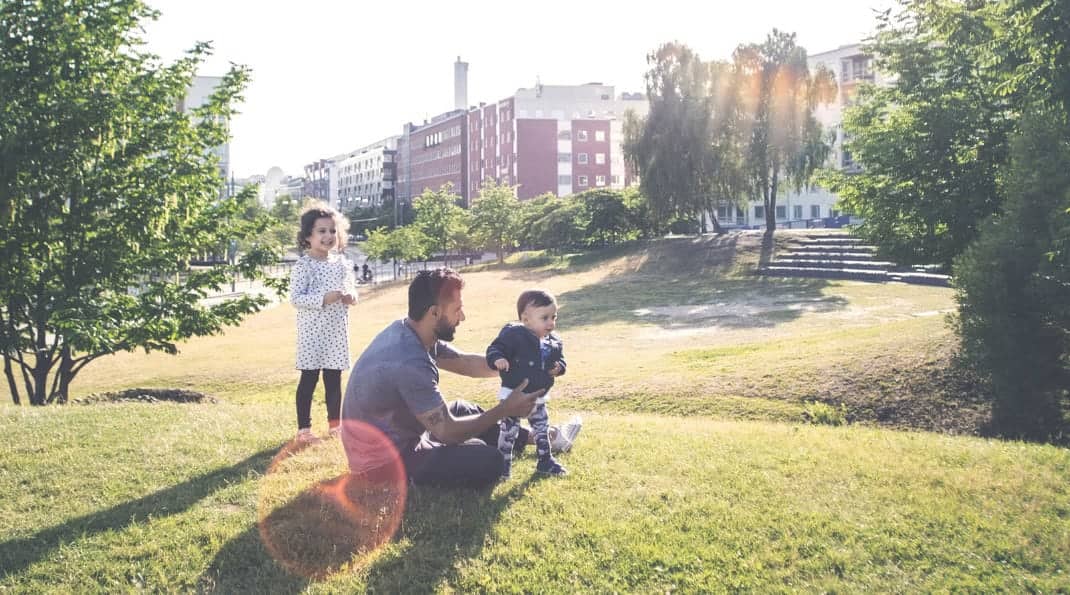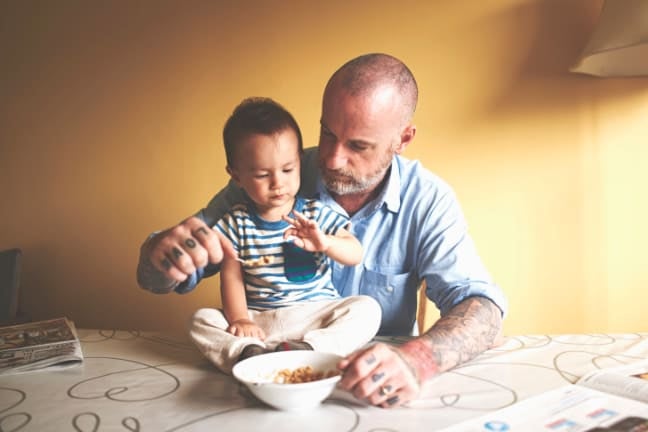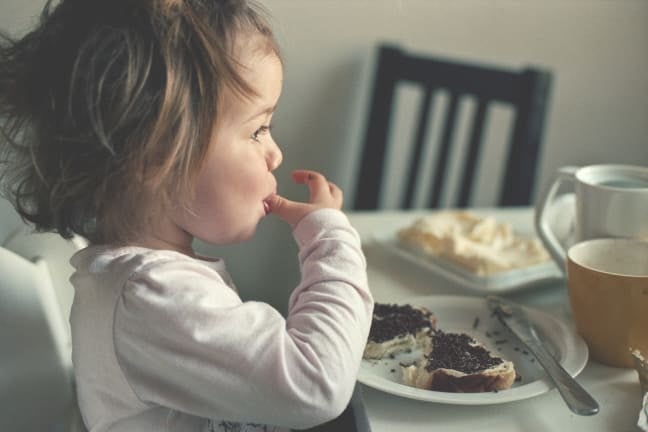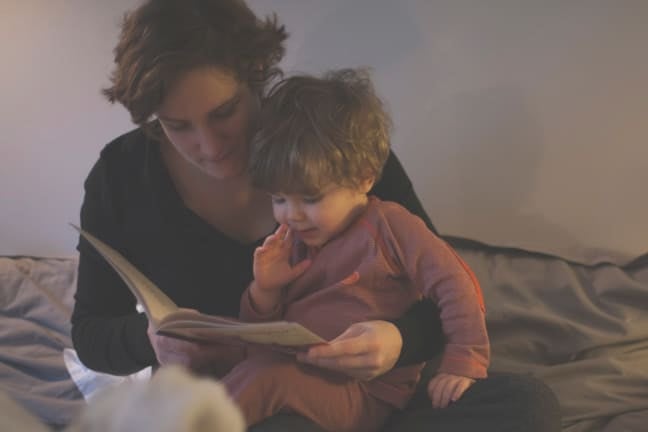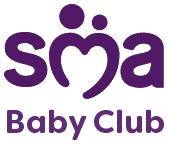At a glance
Crying is your baby’s only way of communication at first
Different cries signal if your baby is hungry, tired or in discomfort
Encourage your baby’s language by repeating their different sounds
Your baby’s body language can tell you just as much as their cries
Becoming fluent in baby-talk
From birth, your baby has a natural urge to communicate with you in their own special baby language, this could be smiling, gurgling, crying, cooing and even screaming their head off. Over time, with enough attention, you’ll be able to work out what they’re trying to tell you. At first, all they care about is food, sleep, being warm and having a dry bum – these are their most urgent needs when arriving in the world.
As your baby gets bigger and more aware of you and their surroundings, they’ll start to use a wider range of gestures and sounds. They’ll be your very own little baby ‘Ga-Ga’.
Baby will be doing plenty of crying in the first few months. You may not yet fully understand what each and every outburst is about but here are some examples of when and why babies cry. We also have a few examples of the sounds and signals your baby may make as they get older and try to tell you something without crying.
-
I’m sleepy.
A slow build-up of grunt-like cries while rubbing their eyes. This probably means baby is tired so, dim the lights and maybe grab a nap yourself too.
-
I'm in pain
A sudden high-pitched shriek from baby, followed by a big breath and then another shriek. Check baby’s temperature and undress them to check for sources of pain. If you’re unsure of anything and they’re still uncomfortable, speak to your GP, midwife or health visitor.
-
I’ve got colic
It’s common for some babies to shriek or cry at regular times of the day, in particular late afternoon or evening. You may have heard mums call this the ‘witching hour’. Your baby’s face may become flushed, scrunched up and they may clench their fists, draw their knees up to their tummy, or arch their back if they have any kind of stomach pain. Soothe and try tummy massage and winding to relieve the gas. Your midwife or health visitor will have helpful advice for you.
-
I'm cross
Loud crying while going red in the face usually means they’re feeling angry or frustrated. Perhaps they need some attention. Talk to them in a calm voice and try toys or books as a distraction.
-
I'm feeling ignored
Baby screaming and yelling is a common way for them to attract attention and explore the sound of their voice. Answer them – try some tickles, peek-a-boo or play with some of their favourite toys.
-
I'm scared
Freezing on the spot is a common, instant response to seeing or hearing something that makes them feel scared. Comfort your baby with a cuddle and talk to them calmly to explain what's happening.
-
I'm hungry
There are lots of signals your baby can give you to say they’re hungry. These signs, or feeding cues, are important to understand so you can be guided on how much and how often baby needs to eat. We've made a series of videos showing the most common cues to look out for.
-
I'm learning to talk
A regular babbling sound is baby's way of copying a grown up’s speech pattern. While you're learning to understand baby language, they’re busy exploring yours. Talk to your little one as much as you can and encourage them to repeat different sounds.
-
I want that
Pointing at an object with their finger means they find it interesting and want to hold it. Offer your baby different objects to help them indicate the one they want. This signal usually shows up after a few months, but look out for a less-perfected version making an earlier appearance.
-
I want to play
Hiding their face in their hands is a typical way of gaining attention and means they're in a playful mood. Play peek-a-boo with hands, scarves, muslins, the door… you name it.
-
I'm really content
That angelic, satisfied smile means they're feeling happy and contented. Give them a smile back for positive reinforcement - it’s actually impossible not to.
-
I'm having fun
They'll have a big lively smile on their face and their eyes will be bright and twinkling. Get the camera out for some cute selfies.
-
I want to tell you something, but not with words
From pointing at things they like, to raising their arms to say they want a cuddle, babies are really good at gesturing to communicate. By teaching your baby to sign and signal, you can create an easy way for you both to communicate. It not only helps while baby isn’t using many words, but it is said to help them learn to speak too. Check online for any local baby sign classes near you.



